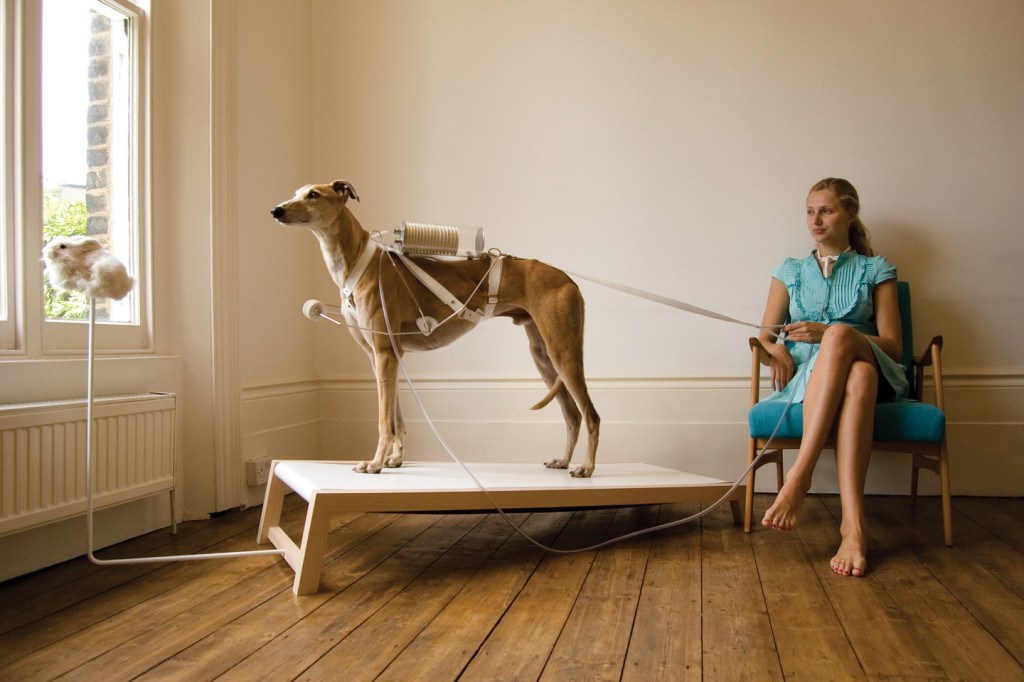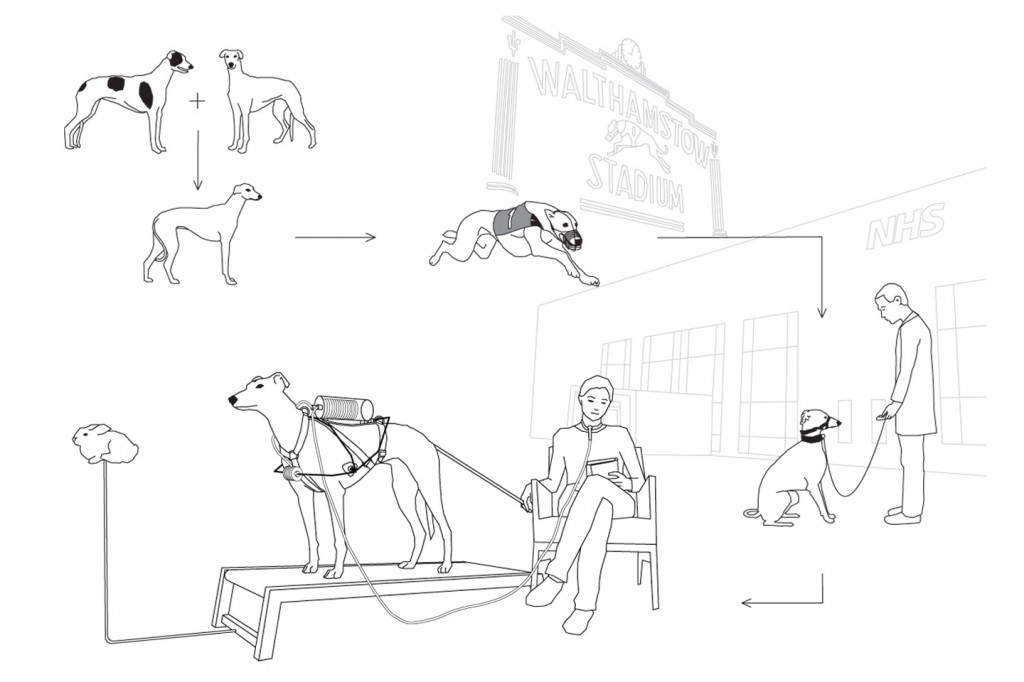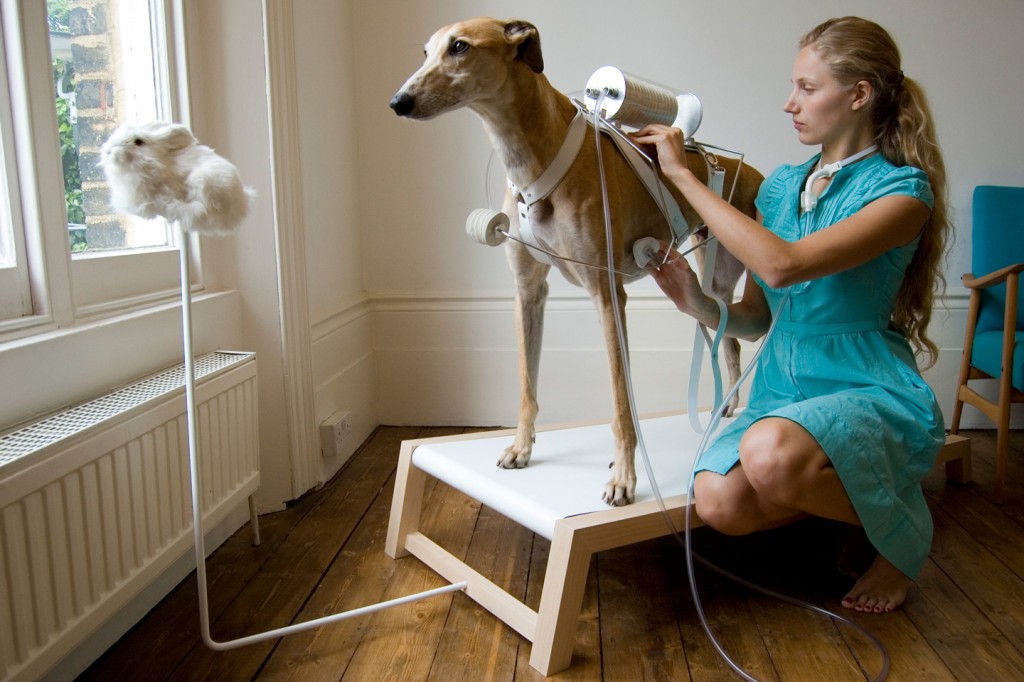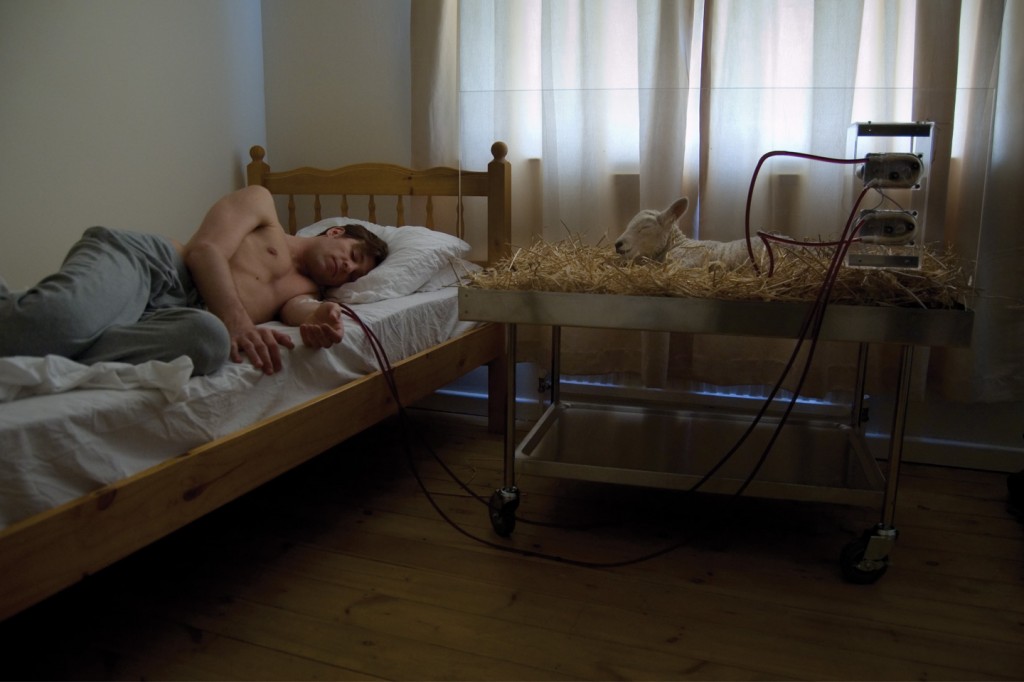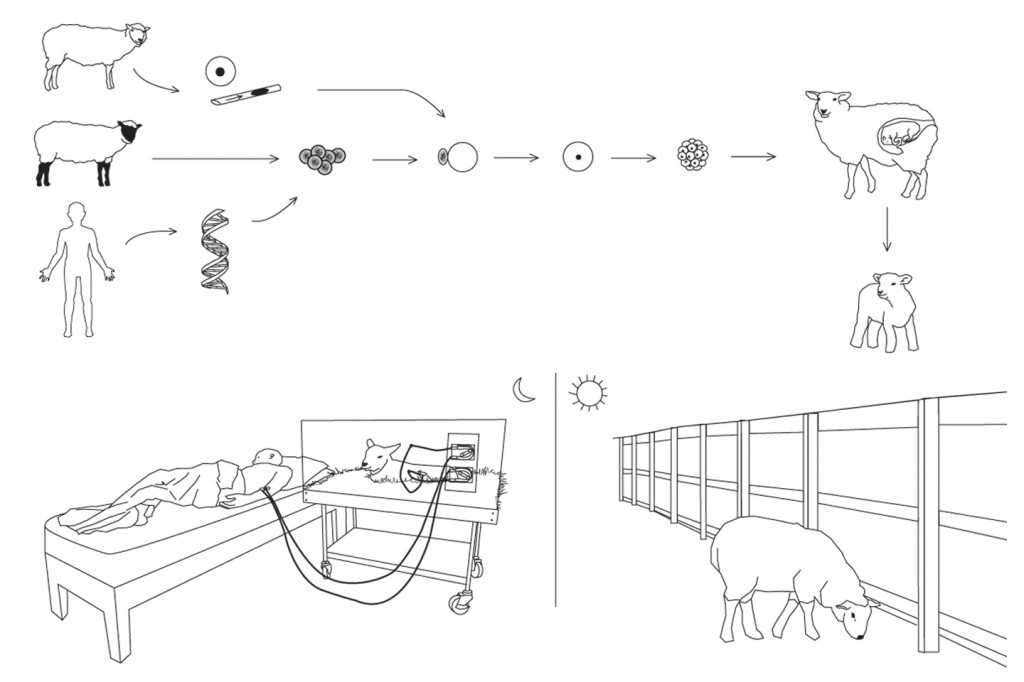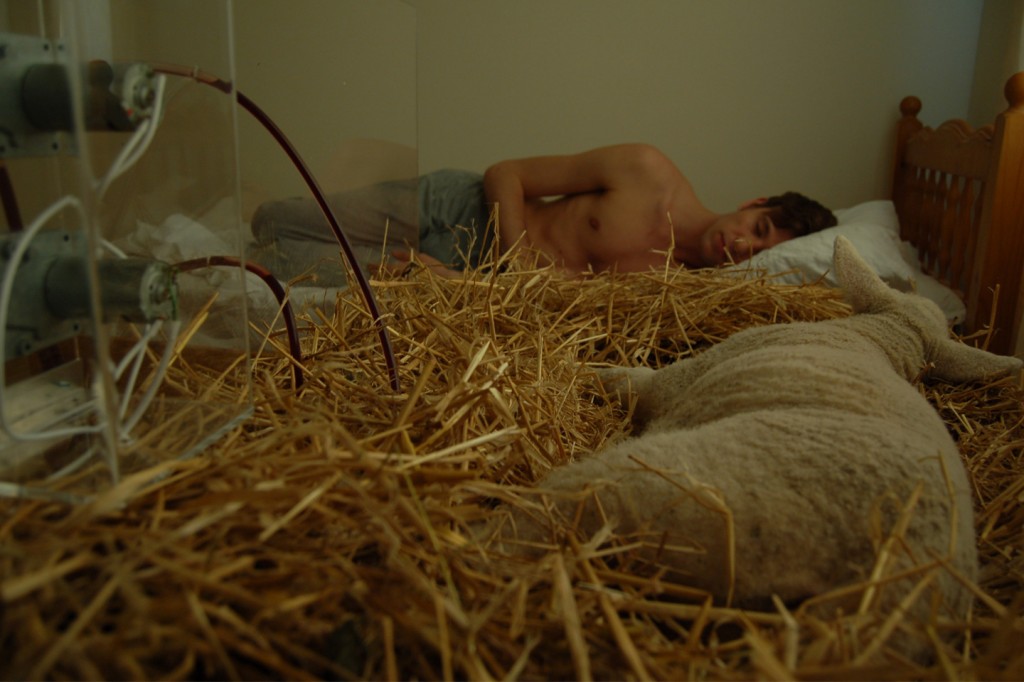INHALE is a cultural platform where artists are presented, where great projects are given credit and readers find inspiration. Think about Inhale as if it were a map: we can help you discover which are the must-see events all over the world, what is happening now in the artistic and cultural world as well as guide you through the latest designers’ products. Inhale interconnects domains that you are interested in, so that you will know all the events, places, galleries, studios that are a must-see. We have a 360 degree overview on art and culture and a passion to share.

Humans have domesticated animals for thousands of years, using them for food, companionship, security and assistance for physical disabilities, such as blindness. Life Support proposes a scenario in which domestic animals function as “external organs” in a surprising extension of the service animal tradition.
People often love their pets, but could they love their respirators? The Life Support Respiratory Dog is a pedigree greyhound raised for track racing. Around five years of age, when most racing dogs are retired (and thousands euthanasied each year), the dog would be acquired for training as a respiratory assistant. Someone suffering from lung disease would then adopt the animal as a replacement for mechanical ventilation.
The dog would be fitted would a harness that would use its chest movements to pump air through a trachea tube and into its owner’s lungs. This extended symbiotic relationship between patient and pet would then transform man’s best friend into man’s best augmented-breathing apparatus.
The Life Support Dialysis Sheep is a transgenic lamb capable of filtering its owner’s blood. Scientists would extract the regions responsible for producing blood and immune responses from the patient’s DNA, substituting this for the equivalent genetic material in a sheep.
The resulting recombinant DNA would then be inserted into a sheep egg, which would in turn implanted into an ewe. When born, the genetically modified lamb it would be given to the patient, who would care for it during the day and use it as a substitute for a dialysis machine at night.
Prior to sleep, the sheep’s kidneys would be connected to the patient’s vein and peristaltic pups would push the patient’s blood into the sheep’s kidneys which would clean it before it was pumped back into the patient.
via William Meyers, Bio Design Nature, Science, Creativity. Thames & Hudson



